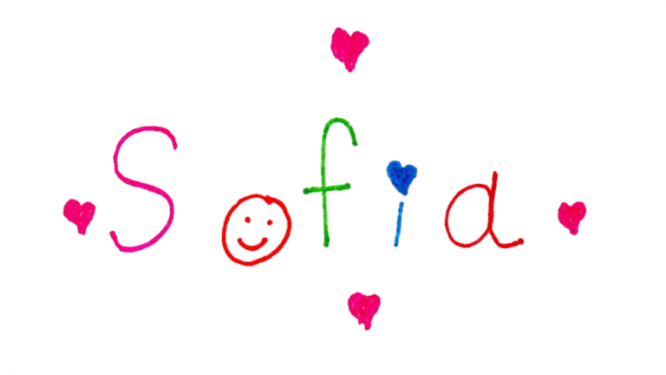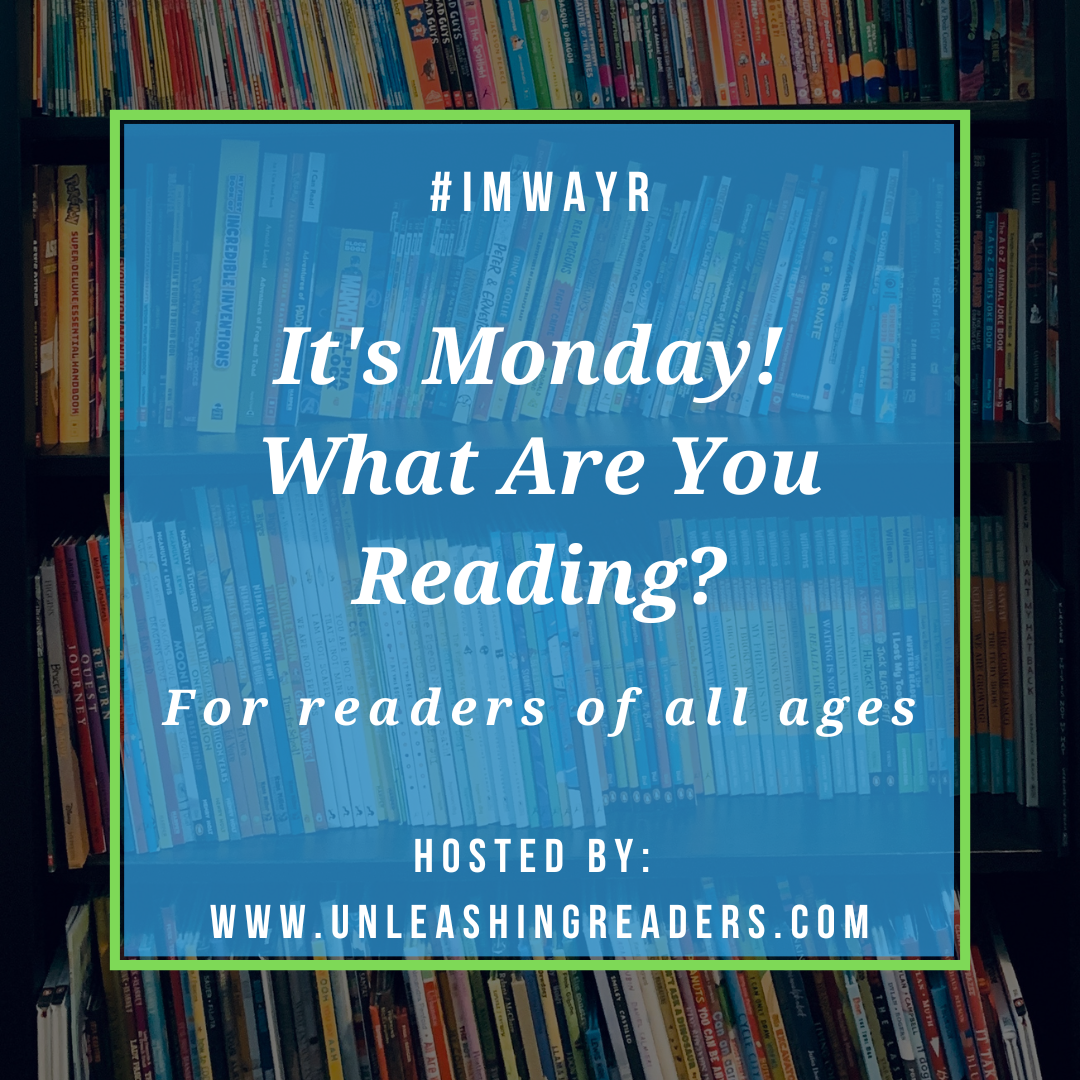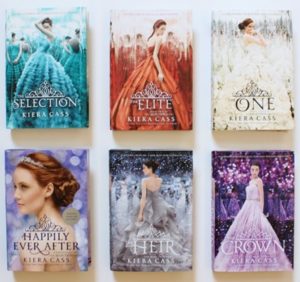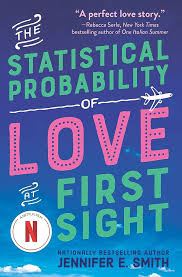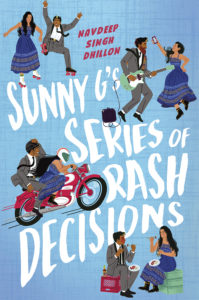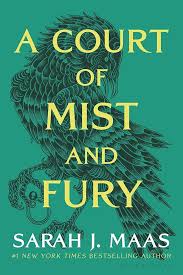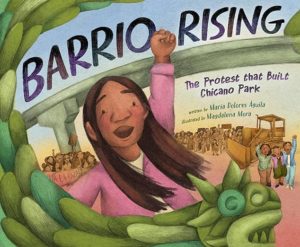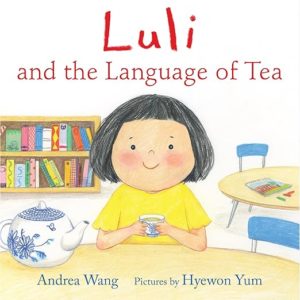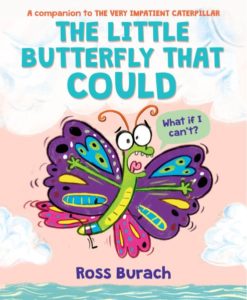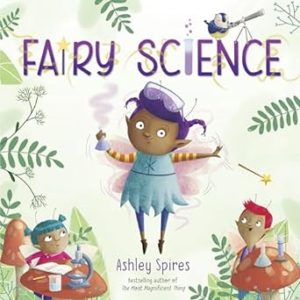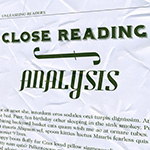“So What You’re Really Saying Is…”
By the end of the sixth grade, most students have been introduced to the concept of a thesis statement by their English teachers. That infamous sentence that typically appears in the first paragraph of an essay declaring the main point or purpose of the paper in a concise summary. It gives a paper direction and informs readers what the author intends to discuss. For years, I dreaded them. I found thesis statements daunting and believed their prescriptive nature took the fun and art out of writing and made it more formal, like science or math (never my strong suits). But while I loathed thesis statements as a kid, as a storyteller, I love a strong, clear theme. The irony is thesis statements and themes are essentially the same—it’s just a successful rebrand. Like Blue Ribbon Sports changing its name to Nike or a restaurant deciding their menu’s underwhelming fettuccini alfredo is actually amazing cacio e pepe. Let me explain!
A theme (or message) is the essence of a story—what it’s all about. Themes tend to be strongest when they’re simple, clear, and universal, so they’re relatable to everyone. A single sentence, often only a few words. They’re not always a line that’s written verbatim (or spoken in a movie) and rarely are themes stated definitively up front, but even buried in subtext all the scenes in a story with a strong thematic build to that idea. Themes are something that I learned to appreciate while developing and producing movies, which I’ve done for over twenty years. Early in my career, I discovered having a clear theme tended to be one of the things that allowed an audience (or readers) to have a strong emotional connection with a story.
When I’m beginning a movie or writing a book, one of the early goals I have is to get to that one sentence message. Again, preferably something universal. And it’s always something that my colleagues, the director, and the film’s writers have agreed to. A few examples: In Pete’s Dragon it was “Everyone belongs somewhere.” In Timmy Failure it was “It’s okay to be different.” In Peter Pan & Wendy it was “Everyone grows up at their own pace,” In A Wrinkle in Time it was “Everyone is deserving of love.”
When I’m writing, I try to figure out the theme before I begin a rough draft, so I can tie it to narrative and character as much as possible, because ideally, it’s the theme that the protagonist learns that ultimately allows them to get out of trouble and succeed in the end.
My first book, The Midnight Brigade, is about a shy boy named Carl with a big heart who has trouble sharing how he feels. The book is set in Pittsburgh and one night Carl finds a grumpy troll named Frank living under one of the city’s four hundred bridges. Carl decides to keep the troll a secret with his friends which leads to all kinds of trouble. Ultimately, the troll teaches Carl to be bold (the story’s theme), which sets the kid on a stronger path.
In my novel Outside Nowhere, the main character, Parker Kelbrook is an extrovert. He’s funny, and charming, and talks a lot. He’s a Ferris Bueller-type, the opposite of Carl and he doesn’t take life seriously. When the story begins, Parker is more concerned about himself than other people. So, as a character, he’s got a lot of room to grow. The kid loves pulling pranks, and in the opening scene, he pulls one that goes too far, pouring sixty gallons of fruit punch mix into a community pool. Afterwards, his dad sends him halfway across the country to work on a farm in the middle of nowhere.
The farm has three rules:
- Do your chores
- Stay out of the farmhouse
- Don’t eat the crops
The other kids on the farm are roll up your sleeves, get the work-done-types. So, Parker doesn’t fit in. They don’t find him charming or funny because he’s not getting his chores done and he’s making more work for everyone else.
Parker needs learn how to turn things around for himself. And when he does, magical and mysterious events begin happening. For instance, one morning he wakes to discover a cow on the roof of a barn, which makes Parker realize that things on this farm aren’t as they appear. Eventually, when Parker accepts the story’s theme that it’s less important how you start something, and more important how you finish, he sets off on a quest to right his wrongs.
My new novel, This Again, is in the spirit of Back to the Future or Groundhog Day. It’s about an anxious, perfectionist kid named Noah who’s running for class president and has no shot of winning, until one day in a bowling alley he runs into a kid who looks exactly like him. The double explains that he’s Noah from nine days in the future and has come back in time to help Noah make all of his dreams come true. As long as Noah does everything he tells him to do no matter how silly and ridiculous it sounds.
This Again is about the funny misadventures of a kid who attempts to orchestrate the perfect day with the help of his future self and a time machine. It’s a story about fate and free will. But more importantly, it’s a book about a kid wrestling with anxiety and perfectionism, learning to accept that life doesn’t always go according to plan and that he’s good enough. And once again, the book is driven by a universal theme: No one can do everything. Much of Noah’s anxiety comes from comparing himself to others (family, friends, classmates), a fear of failure, and trying to do too much at once. Along the way he learns the importance of balance, and that sometimes people appear to have their lives more under control than they actually do. And by learning and accepting this theme, Noah just might have a shot to win in the end.
So, readers can go on these fun rides and take away the same lessons that the protagonists learn, because the themes are universal, but also, they’re so baked into the story, that they’re one and the same. Like the importance of a strong thesis statement that my wonderfully patient, darn-near saintly English teachers growing up attempted to instill on me. And while I didn’t appreciate thesis statements when I was younger, I’ve realized how important it is to define the core of a piece, whether it’s in a film or a book. It not only helps you as a writer to tell a compelling story, but helps readers connect with the material. The next time you read or watch something that you love, beyond the plot and in the subtext, take a step back and ask yourself what the creator was really trying to say. Chances are, it’ll be a message that resonates with you.

Published April 16th, 2024 by Little, Brown Books for Young Readers
About the Book: Noah Nicholson focuses on the could’ve-beens, should’ve-beens and wish-I-dids in his life. Still, there’s plenty to be grateful for— he gets solid grades, he has a nice group of friends, and he’s becoming closer with Lucy Martinez (who he’s had a crush on since the second grade). Most excitingly, he might have a chance to be voted class president next week.
But one day, Noah sees the oddest thing—he sees himself. It turns out, this lookalike is Noah from the future, and he’s here to make sure that Present-Day Noah snags the class president spot. It’s up to the two of them to make sure everything goes off without a hitch, but fate just might have other plans…
Perfect for fans of Finn and the Intergalactic Lunchbox and Operation Do-Over, This Again? takes readers on an incredible journey through time, mind, and middle school.
About the Author: ADAM BORBA is a writer and filmmaker from California who helps develop and produce movies for Walt Disney Studios. He is the author of The Midnight Brigade and Outside Nowhere.
Thank you, Adam, for tying together lessons and reality!



